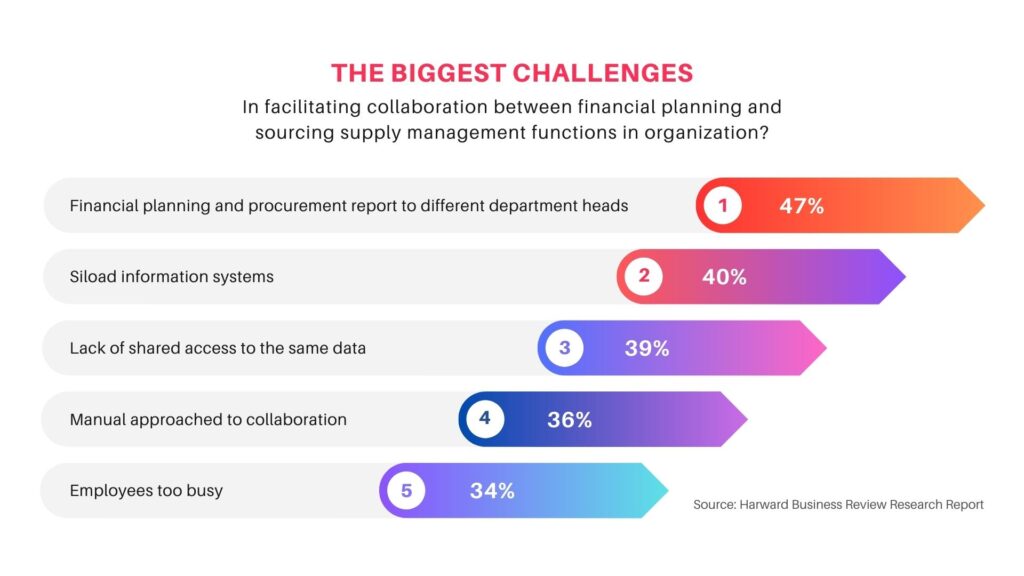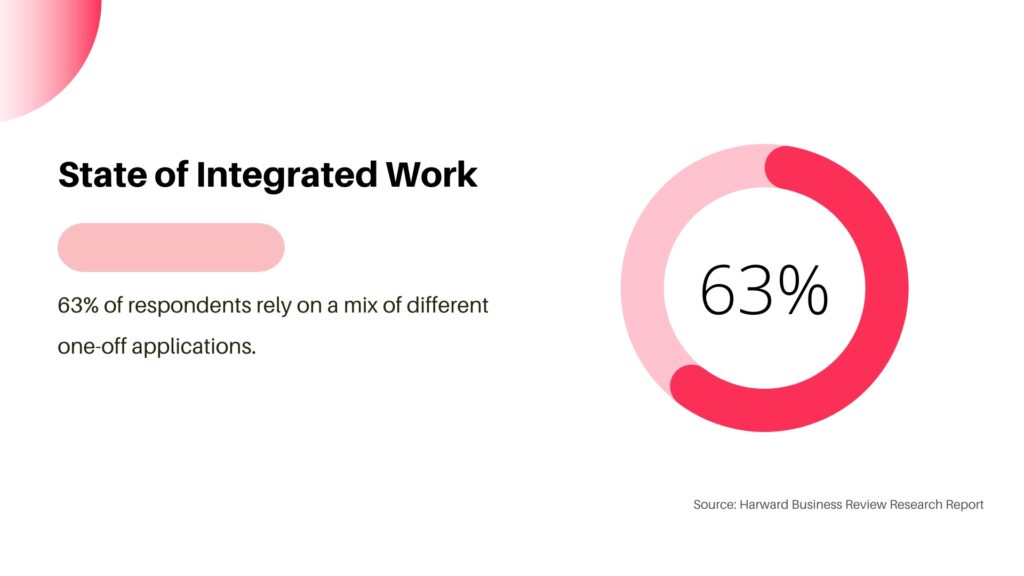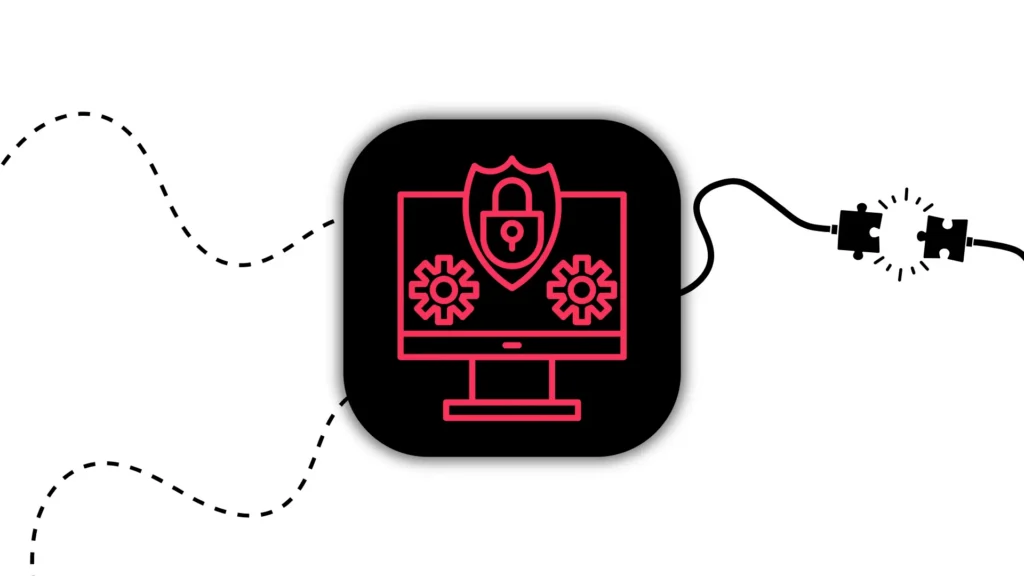When it comes to supply chain management, efficiency is the name of the game. The pandemic and times of rising economic volatility made sure we understand that. In response, it’s not uncommon that businesses turn to software solutions as a magic pill for all their supply chain woes. And for a reason – perks like real-time decision-making and predictive analysis (and far more) are said to transform and refine the way we manage our management of goods.
But, is it really a panacea to all our troubles?
As we explore the role of technology in supply chain management, we’ll take a more educated look at the hurdles involved, and question whether technology is really the miracle pill we’ve been in search for. More importantly, we’ll take a curious peek at the serious effort it takes to power up the pill so it truly radiates its magic.
Confronting the most pressing issues
In order to look beyond the gist of the matter, we need to take a close look at the most critical supply chain management issues. To start with, according to a recent pulse survey from October 2022, conducted by Harward Business Review (HBR), 97% of respondents agree that a resilient supply chain beneficially impacts a company’s bottom line. Moreover, of 189 respondents, 90% believe that having a modern and integrated digital underpinning is vital to success in their industry.
To shed light on the matter let’s examine the data at hand and find just why leaders believe technology to be a solution. In another survey, HBR again polled participants to weed out the most pressing challenges in keeping supply management efficient.

The answers indicate that three out of five of the primary challenges were closely linked to concerns that could be effectively tackled by advances in technology.
Survey respondents indicate that more than anything else organizational silos — and siloed information easily top the list.
It’s also evident that lacking technology platforms that could facilitate collaboration also weighs heavily on planning and sourcing – processes of strategically managing/vetting supply chain and conducting day-to-day operations. It’s also worth noting, although there is communication between the two teams, it is mostly manual in nature. This includes emails (79%), face-to-face or in-person meetings (74%), and phone calls (44%).
Integration is the backbone of supply management
In today’s cutthroat business landscape, being fully equipped with modern and integrated digital infrastructure is slowly shifting from an option to a necessity. It’s not enough for companies to merely adopt digital technologies; the crux of the matter must be on ensuring that these tools are fully connected.
“They need to empower all relevant parties to leverage the insights derived from unified data.“
Unfortunately, outdated IT setups are still hindering the efforts to build a sustainable and resilient supply chain. Recent years have only served to amplify this problem. It nudged companies across the globe to rapidly embrace digital transformation or risk being left behind. But simply jumping on the bandwagon with AI, IoT and cloud computing, business intelligence, and blockchain won’t suffice.
To derive true value from these tools, businesses need an integrated, modern IT infrastructure capable of gathering and synthesizing data from disparate systems and devices. Yet, shockingly, a large chunk of companies still rely on a hodgepodge of individual applications instead of a single, cohesive platform to manage their supply chain. In fact, a staggering 63% of respondents still depend on a mix of different one-off applications.

The aim of achieving full-scale integration is to have a comprehensive and all-encompassing view of the entire supply chain. From external sources like sourcing semi-products, managing distribution centers to warehouses, and the procurement process.
To achieve end-to-end transparency and eventually get to a stage of full integration, you could consider integrating or getting rid of old legacy systems. Depending on the current state of these systems a technical assessment should evaluate whether parts of these systems can remain or should be slowly omitted from the processes. Second, with time, you could introduce or enhance tracking technologies. By utilizing IoT-enabled devices, GPS, and RFID technology, businesses can track crucial supply chain data, including shipments and inventory levels, in real-time, improving overall supply chain efficiency.
Make leaders the champions of change

While it’s true that IT teams are the drivers of this change, the greatest impact will come when senior leaders take the reins and prioritize the adoption of integrated tools. Because one thing is for sure, digital transformation is not without its challenges.
Leaders must be prepared to navigate resistance from employees who may be unyielding to change. Effectively upskilling the workforce will require a strategic approach to identifying training gaps and securing buy-in from other leaders.
To achieve success, leaders must also have a firm grasp of the real-world challenges faced by supply chain management teams. They also need to be willing to provide support and resources to optimize communication and overcome data and communication silos. By taking a proactive role in prioritizing integrated collaboration tools, leaders can empower their teams to work more effectively and efficiently, ultimately driving enhanced business outcomes.
Technology won’t fix broken communication practices
According to Tobias Schoenherr, a professor of purchasing and supply chain management at Michigan State University’s Broad College of Business, when it comes to collaboration, procurement teams often face less difficulty working with external suppliers than they do with internal stakeholders.
And communication, at least when it comes to supply chain management, is of esteemed importance. In fact, desynchronized teams may cause more harm than good with their earnest intentions. For example, teams in charge of planning may want to focus on minimizing inventory. For all the right reasons – short product lifecycle and saving on transportation and storage costs. However, another team incentivized to cut costs (at all costs), may settle to work with suppliers that deliver the goods at the lowest possible price. This, more often than not, puts delivery reliability in jeopardy. In turn, companies in an effort to balance supply and demand, due to poor internal collaboration, end up sabotaging each other’s efforts and run short on supplies. You can take a guess at how that spills over to their ability to meet the demands of customers.
A common mistake made by companies is to overlook this adaptation, assuming that technology alone can fix all issues. However, it is important to remember that technology is only offering better means of communication. It’s not a solution in and of itself. Without corresponding changes in habits and practices, technological changes implemented will fall short of their potential.
OK, now you can capitalize on the data
It has become more crucial than ever for organizations to keep a close eye on their supply chain performance and identify inefficiencies before they have a chance to negatively affect operations. By leveraging metrics, businesses can identify potential bottlenecks, establish a more resilient supply chain, and define goals that really drive peak performance.
A plethora of organizations already rely on a wide range of metrics to measure supply chain effectiveness. These include on-time shipping and delivery time, cost savings, inventory turnover, and supply chain cycle time. However, with the increasing frequency of disruptions, there is a growing need for metrics – like Time to Recovery – that measure an organization’s ability to bounce back in the wake of a crisis.
To take it one step further, teams can also rely on predictive data that allows them to anticipate and prevent supply chain disruptions. By building real-time planning capabilities into their supply chains, organizations can ensure that they have the right products, inventory, and human capital to deliver goods and services in an efficient and timely manner.
Similar insights

Smart Workflows: AI Tools and Tips for Busy Leaders
16/12/2025
Supply Chain Attacks: Rethinking Third-Party Trust
10/12/2025
Choosing the Right Tech Stack in Uncertain Times
25/11/2025
How to Pitch and Get Your Ideas Approved at Work
12/11/2025
12 AI Cyberattacks That Made CEOs Very Cautious
21/10/2025
14 Books Smart Tech Leaders Are Reading This Fall
07/10/2025
Protect Your Crown Jewels: The Heart of Your Cybersecurity
15/09/2025
How Renown Business Executives are Using AI?
12/08/2025
Think You’re Secure? PEN Testing Will Tell You
15/05/2025
Let the success
journey begin
Our goal is to help take your organization to new heights of success through innovative digital solutions. Let us work together to turn your dreams into reality.